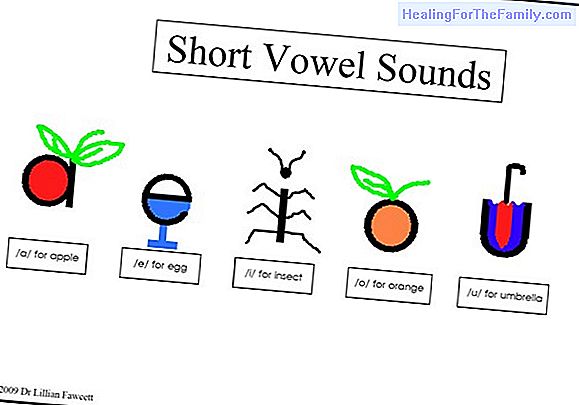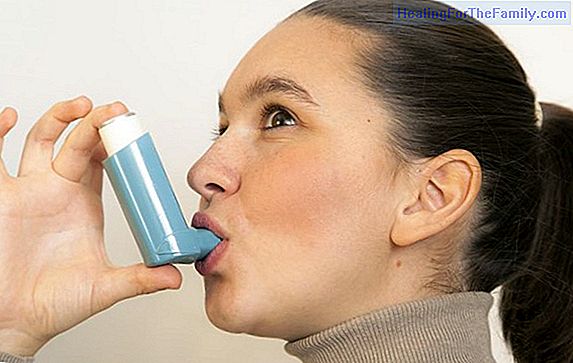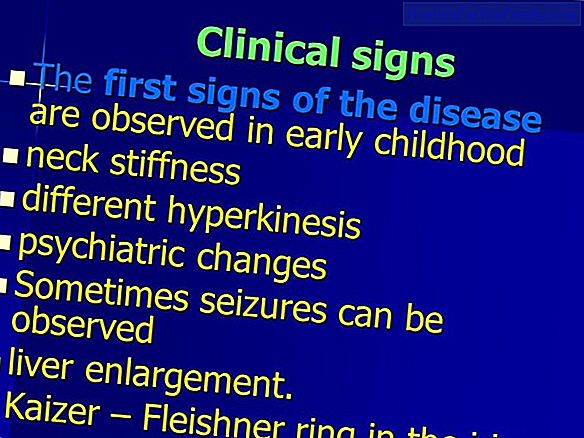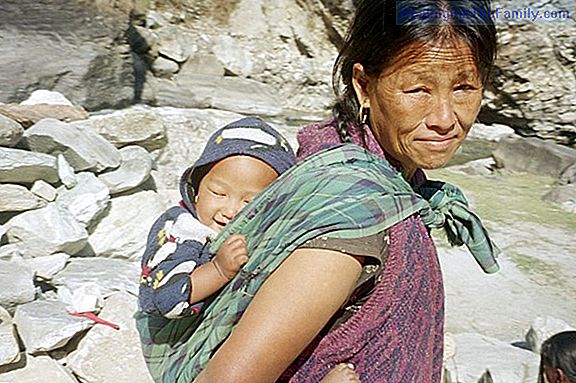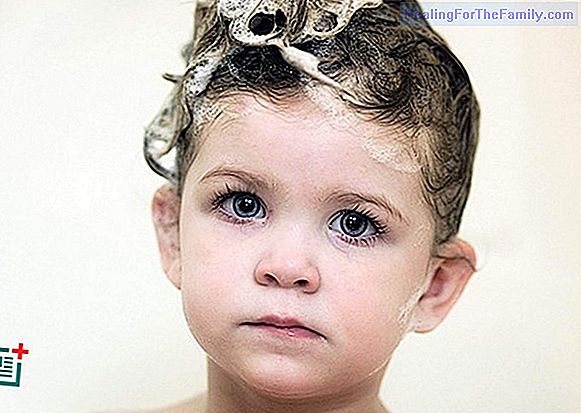What is Kawasaki disease
There are simple illnesses, which affect only one part of the body, but others are more complex and can present symptoms in very varied places. The Kawasaki disease belongs to this last group. Kawasaki disease in children Kawasaki disease is a vasculitis; that is, it is due to an inflammation of the
There are simple illnesses, which affect only one part of the body, but others are more complex and can present symptoms in very varied places. The Kawasaki disease belongs to this last group.
Kawasaki disease in children
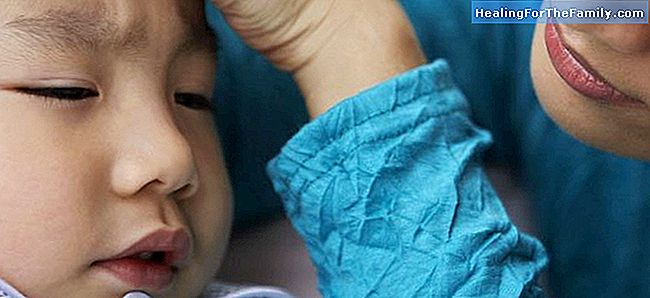
Kawasaki disease is a vasculitis; that is, it is due to an inflammation of the blood vessels. Its exact cause is unknown, although it is speculated on the possibility that an infectious agent will trigger an important inflammatory response, fruit of which the aforementioned vessels are affected. It is possible that there is an individual genetic factor that is related to the disease, because it is especially frequent in children of Asian origin.
Symptoms and diagnosis of Kawasaki disease in children
From a clinical point of view, it is accompanied by irritability, fever of several days of evolution, swelling of the lymph nodes of the neck, affectation of the mouth (red, cracked and fissured lips) , afrabose tongue), affectation of hands and feet (edema and scaling), spots on the skin and conjunctival injection without secretions (red eyes). The heart can be affected, especially the arteries that irrigate it.
It is important to know that your diagnosis is made based on compliance with a series of clinical criteria, and that a blood test and an ultrasound of the heart (echocardiography) must always be done.
Treatment of the child with Kawasaki disease
Treatment must be done with the child admitted, and consists of the administration of immunoglobulins (they make the fever disappear and the poor general condition, and prevent the development of aneurysms in the vessels of the heart) and acetylsalicylic acid (has anti-inflammatory and antiaggregant effect).
The prognosis is usually very good, especially if treatment is started in the first seven days of evolution.

